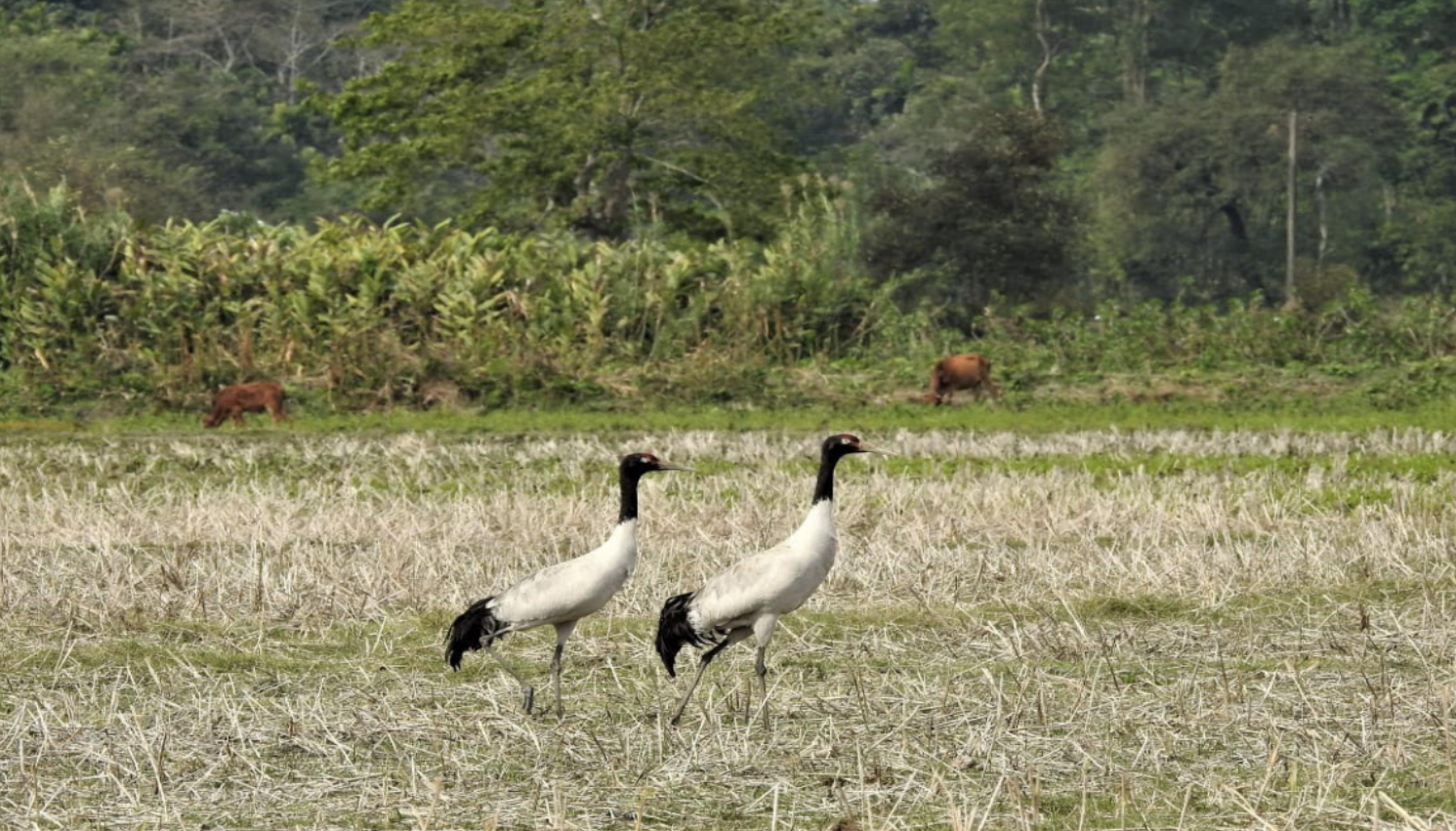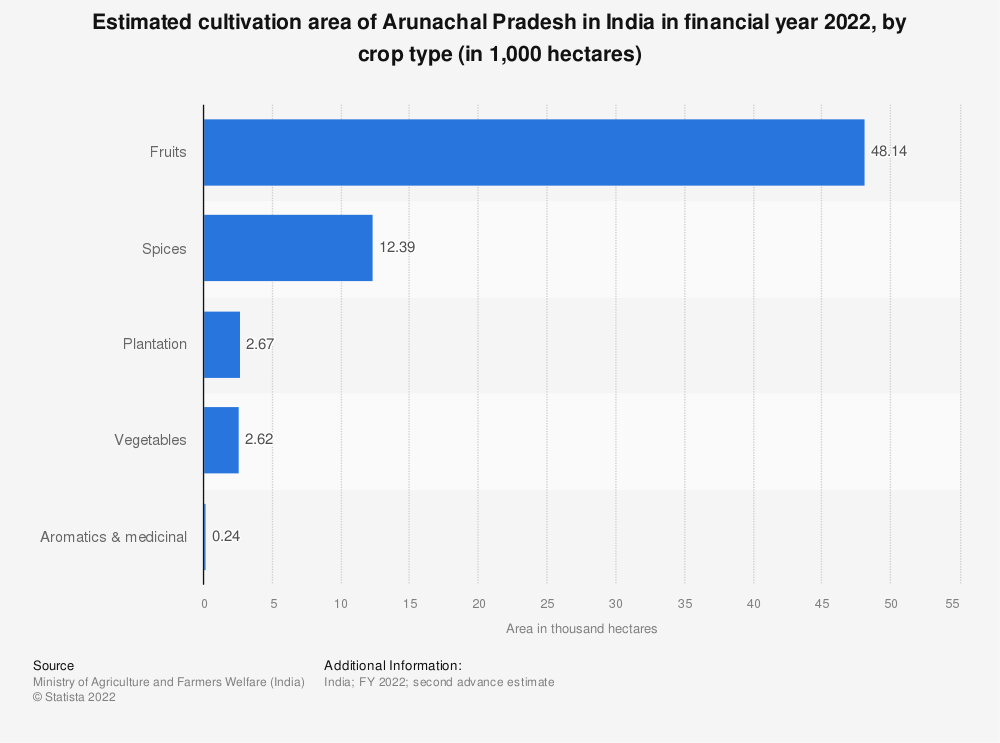One of the biggest struggles that the current generation is groping up with has been to keep their biosphere within operational limits and safe, just enough to be managed by limited resources available around in ways that the needs of the future generation are not compromised.
That is how sustainability has been decorated to serve humanity and the planet.
But while we tread that path, certain difficulties make even this way difficult and there is no instant solution for people’s pain. For instance, growing calls for instant relief in fuel prices, regional conflicts, our limitation to achieve food security by jeopardizing biodiversity etc.
Meanwhile, the nature may continue to offer us certain services of its own like filtered water, clean air, a boon of healthy life with its medicinal plants, absorbs our waste or act as natural barrier in disasters and hazards etc., but it will not be for long if we continue to place our interests and sourcing them from our fragile nature before offering them any chance to replenish.
Arguably, there may have been work around ecosystem services intensification, especially agricultural intensification but this has not been achieved in an environmentally sustainable manner, thereby, contributing more to the over-arching tipping points in nature.
What is the Intensification of ecosystem services?
Ecological intensification refers to increasing the yield and better prospects of human survival by harnessing the ongoing ecological processes of an area and boosting habitat diversity.
This can help in satiating the increasing human need, rather than just pouring in additional synthetic inputs. Why the need to adopt this way of production?
The worse happens when the non-agricultural lands are razed down for producing food, further reducing the ecosystem services provided by the surrounding biome, with real adverse consequences (desertification, greenhouse emissions etc.,) for both humanity and the planet (Foley and Tilman).
In an era where we need to restrict our current way (harmful) of outreach to our only planet and even begin to build back better while fulfilling the needs of current generation, the way to an all-inclusive food security can only be served by mending our agriculture on the lines of intensification of ecosystem services.
A case story from Arunachal: integrating agriculture, livelihoods, women, tourism and nature
Being an invaluable transition zone to the likes of Indian, Indo-Malayan as well as Indo-Chinese biogeographic zone, the North-east has been a place of great interest and offers a great and indispensable range of native and also endemic biological diversity.
It is not just about the celebrated primates of the place that it can distinguish itself of, but also its way of agriculture that adds its own color to it.
The proposed Tsangyang Gyatso Biosphere Reserve (TGBR) in western part of the state comprising of dense forests like wet semi-evergreen, semi-alpine with a mesh of rivers around which flat lands are used to cultivate this cereal without any use of chemical fertilizers.
During the dry seasons, spring waters and canals are used to irrigate these cropping lands which are slightly acidic in nature deposited with abundant washed-out nutrients from surrounding hills like organic nitrogen or carbon, adding to the existing soil fertility naturally.
The valleys have been a home to various rice genetic species with a dedicated history to its cultivation under different environmental conditions generally extending up to 8-9 months, favoring the practice of mono-cropping and sustaining the livelihoods of indigenous people including 6 major tribes, directly or indirectly dependent on their land resource.
However, in Kitpi the agricultural practice has always been slightly different with crop rotation being fairly intrinsic to the farm management that could sustain nearly 7-8 varieties of crop including black rice, red rice, millets, soy bean etc.
However, the region including Sangti valley, Chug, Kitpi remains groped with several challenges like poor fertility of soil, scarcity of water, difficult terrain, marginal or small size of land holdings, low farm mechanization despite the years of experience in growing rice including the red rice.
And hence came the change in agroecosystem dynamics of the area. This change has been fueled by the extremely low per capita crop output in comparison to the maximum physical labour provided.
Wider tracts of rice planted areas were found to be just left uncultivated or a rapid shift to profitable plantation on low-lying slopes like those of apples, tomatoes and Kiwis could be observed as people began adapting to the other sectors of economy especially the unorganized sector thereby transforming and denigrating the complete socio-ecology of this fragile region.
In Sangti alone, at least 50 percent out of the total croplands lie uncultivated post the canals turning non-operational since last 10 years. With the paddy fields gone, Black Necked Cranes (Grus nigricollis) roosting in this habitat they call their own have become a rarity to be seen.
It becomes important to note that the uplands dominated by forests including the protected forests or community conserved forests are already being converted to orchards for subsistence.
Traditional Agricultural knowledge and the gender roles:
Governed by the customary ecological a slight difference has been found in the food crop farming in the area along the gender lines. Women are known to ascertain the pre-conditions for cultivation while men pertain to physical activities in the field like the former may undertake optimum seed selection, transplantation of paddy saplings, weeding, seed conservation or harvest management; men may be seen ploughing the land with complete absence of agricultural mechanization technologies.
Apparently, gender bias has become a direct impact of Climate Change, especially in the global south.
Sustainability and Sustenance: A treasure being found
The inability of soils to yield appropriately turned the local farmers to turn to the state government-distributed cereals under Public Distribution System (PDS) in the pandemic phase and hence, the local communities were motivated to begin cultivating red rice for twin benefits i.e., tackling the long-term livelihood challenges as well as ensuring the short-term food security.
Through the careful monitoring and implementation of IPSI’s Satoyama Development Mechanism, the beings have found a way back to their all-sustaining ecosystem altogether.
In its originality, Japan’s Satoyama are those natural spaces nurturing nature and people together traditionally through a shared heritage of rice fields, hills, woods, even pastures etc.
The farming of indigenous paddy has been targeted around 10-12 percent with Indian Council of Agricultural Research (ICAR) at Dirang and a plan for sustainable intensification has been drawn out using integrated pest management, crop residue usage, crop cycle planning, solar-powered agricultural farming (through a string of 16 workshops and distribution of 36 solar lanterns) and even working on a contingency plan for ecological or socio-economic crisis through credit-linked programs and insurance facilities etc.
Dr Dipayan Dey, the Chairperson (Research and Planning) explains it all: “This comprehensive research considers both the ecological and socio-cultural problems as well as potential advantages related to the hill agri scapes is imperative for better understanding, proper resource management, and livelihood sustenance of the hill populace.”
“Traditional farming of four land-races of indigenous dry-rice has been brought back into practice within two years in the SEPL with nearly 85 percent of the original land coverage under dry-rice. Even during 2020 and 2021 pandemics, the community had continued with the practice and marketed the produce locally, as well stored seeds and grains for the needful.”
Attempts have been made to empower the youth to try ecotourism along with bird-monitoring tours for the Black-necked cranes who have returned with increase in indigenous rice farming. Biodiversity conservation has been prioritized as a way to earn alternate ways of livelihood.
Ultimately, the women engaged in the process are no longer bound to fight alone for the survival of their families. With more available time, they have taken to strengthen the local governance, render the precious traditional ecological know-how to the next generation and even promote financial inclusion through Entrepreneurship based on ecosystem services.



